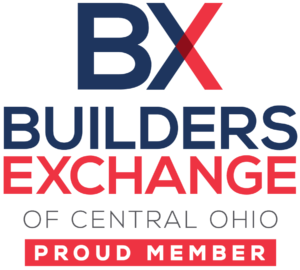When most people think about earthquakes in the United States, California and Alaska are the two states that come to mind. However, earthquakes can happen in any part of the country. Many people move out of areas that are prone to earthquakes after experiencing one to escape the possibility of a repeat experience. The truth is that there is no place that is completely safe from earthquakes. They are a very real threat that everyone must consider and plan for. One of the most vital aspects of proper preparedness is having ample insurance coverage.
Earthquake damage isn’t covered in the majority of Homeowners policies. This is also true for business policies. Both types of policies specify that damage from earth movement is not covered. Although actual damage from a quake might not be covered, property insurance might provide coverage for fires and other incidents that occur as a result of it. Policyholders should scour their policies to understand the specific exclusions. If the policy seems difficult to read, it’s important to contact an agent with any questions.
Many people think they won’t experience a major earthquake during their lifetime. This is especially true for those who live in areas where earthquakes happen every 100 years or less. Although many people might not experience a strong earthquake like the recent Virginia incident, there are over 5,000 incidents recorded each year by the USGS. Damage from earthquakes has been recorded in all 50 states in history. There have been reports of damage in 39 states alone since 1900. This proves that although some people might not live in areas that commonly experience earthquakes; they’re still not immune to the threat.
Earthquake insurance is available as a rider, which is added to a business or personal property policy. People who have one of these types of coverage should contact their insurer to find out what coverage options are available. Since they’re unpredictable and happen suddenly, it’s best to be prepared for all types of disasters. Earthquake insurance is so important that it can’t be stressed enough. Although the majority of people assume all California homeowners have this type of coverage, research indicates that about 12% actually have this type of insurance. The nation’s average is less than 12%.
Earthquake insurance costs vary by location, building type and the age of the building. It’s much more expensive to insure older buildings. In addition to this, brick structures are more expensive to insure. Buildings with wood frames withstand the force of earthquakes better, so it’s cheaper to insure them.
To offer an example, a home with a wood frame in Washington might cost between $1 and $3 per $1,000 of coverage. The same home might be less than $.50 per $1,000 insured on the East Coast. However, a brick home might cost between $3 and $15 per $1,000 in the Pacific Northwest. In most East Coast locations, the same home might only be between $.60 and $.90 per $1,000.
Every earthquake policy also has a deductible. This means that homeowners must pay upfront for a portion of the damages before the insurer pays the remaining amount. The deductible might be up to 20% of the structure’s replacement value. The percentage depends on the insurer and the location of the structure.
There are also options for renters. There are coverage policies that protect personal property. In addition to this, they usually cover living expenses if the building becomes uninhabitable after an earthquake. It’s important for renters to keep a list of belongings and their values. Major appliances, furniture, electronics and other expensive items must all be documented properly. A new way of creating a record of belongings is making a narrated video tour of the home and focusing on belongings. Contact one of our insurance agents to secure the earthquake coverage that is right for your individual needs.





